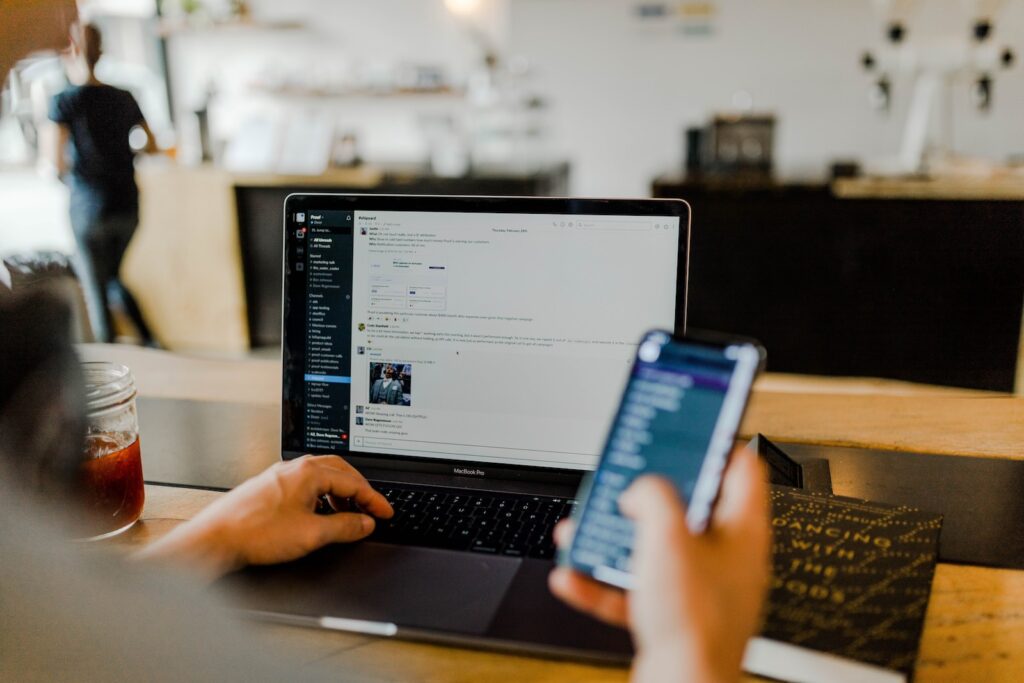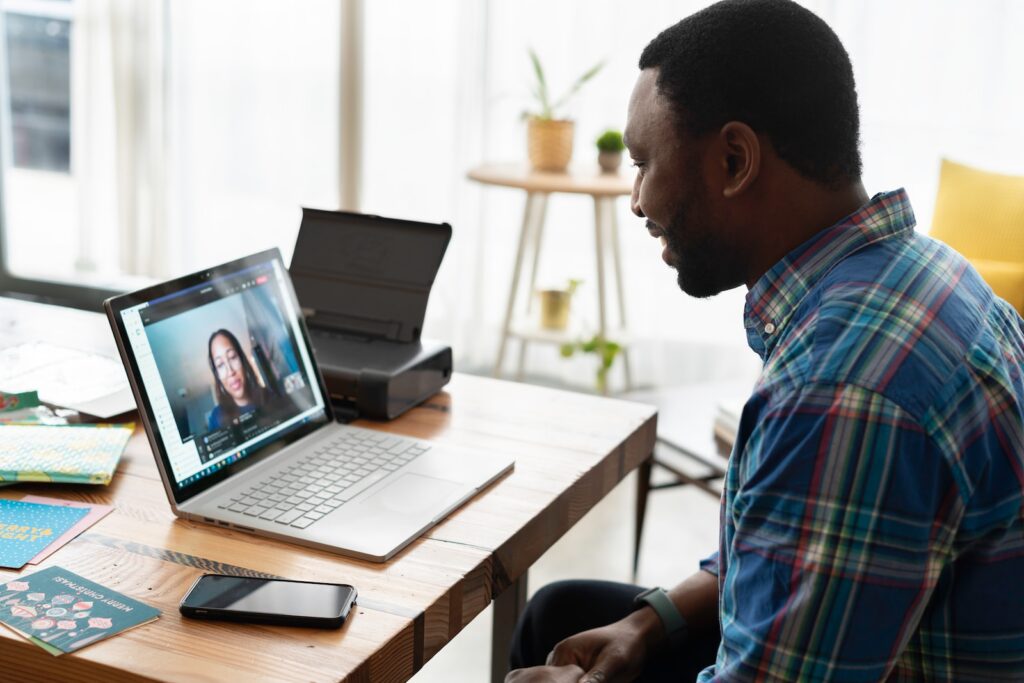Your choice of communication at work depends on the nature of the message, the audience, the urgency, and preferred communication styles. Here are some communication methods commonly used in workplaces, along with guidelines for when to use them:
Project Management Tools
Project management platforms such as Trello, Monday.com, and Smartsheet are excellent for organizing tasks, tracking progress, and collaborating on projects. This is the best place to add project-related notes and comments.
Instant Messaging
If you have a simple question or want to share something informal, sending a quick message is the best way to connect with your coworkers. This makes it easier for a back and forth conversation as opposed to emailing which is typically for formal delivery of information and files.
Most people prefer a quick and direct form of communication. Direct messaging allows for direct contact without the demand for an instant response unlike a phone call. Group messages are great for informal and quick updates, but be careful what you share with a large group.

Here are the most common work messaging platforms (as of 2023):
- Slack
- Microsoft Teams
- Telegram
- Facebook Messenger
- Skype
- Google Hangouts
- Viber
For official updates or communication, email is an appropriate channel of communication. This also works best for sending files or links in one message. Avoid burying information in long email chains by keeping your replies concise and to a minimum. If you find it getting out of hand (as we can’t control how others respond to emails), try clarifying through a quick call.
In some instances, CCing another person in your email conversation provides a level of accountability and helps to streamline communication. Just be considerate not to flood the inbox of someone who isn’t actively in the conversation.
I personally prefer to send links instead of files so I can easily update in one location. This also helps avoid people getting confused with file versions. (Files meaning anything that is more complicated than a single image.)
As I like to say, ‘Files are dead but links are live!’
Real-time Meeting
Different types of meetings include brainstorming, planning, updates, discussion, working, etc. Regardless of which type, try to include everyone in the conversation and keep it concise to help people stay awake, feel included, and dedicate more time to work.
Keep the amount of meetings you schedule to a minimum. Ask yourself, ‘If I send out an email, will it eliminate the need for this meeting?’

Video conferencing is suitable for virtual face-to-face meetings, especially when participants are in different locations. They provide a more personal touch than phone calls and can include screen sharing for presentations.
Sometimes, face-to-face communication is essential, particularly for sensitive matters, performance evaluations, or when building rapport with colleagues or clients. Check your body language and practice active listening during face-to-face interactions.
Instances when you may want to have a meeting:
- When you need clarification on a project or direction.
- Special announcements are sometimes best done in meetings when you want it to feel more personable.
- A meeting when you want to get feedback or see people’s reactions.
- For team brainstorming sessions.
Meeting etiquette:
Do you practice basic meeting etiquette? Help your colleagues out by being considerate of their time and workload when scheduling meetings.
- If you’re running late, let people know.
- Avoid canceling at the last minute or after the meeting has already started.
- Give others time and space to speak.
Phone Call
Phone calls are best for real-time conversations that require immediate feedback or when tone and inflection are crucial. They can be effective for discussing complex issues or providing clarification. Reserve phone calls for urgent matters or for situations where written communication may lead to misunderstandings.
Other Considerations
- Audience Preference: Take into account the communication preferences of your audience. Some people may prefer email, while others may prefer phone calls or instant messaging.
- Urgency: If a message is time-sensitive, choose a method that allows for immediate communication, such as a phone call or instant message.
- Complexity: For complex topics or discussions, choose a method that allows for in-depth conversation, such as a meeting or video conference.
- Documentation: If you need a written record of the conversation or information, opt for email or written reports.
- Cultural Considerations: Be aware of cultural norms and preferences for communication methods in international or diverse teams.
- Accountability: Consider using platforms where you can track and record communications for accountability to avoid unwarranted blame or confusion.
Effective communication at work involves selecting the most appropriate method for each situation and staying adaptable to the needs of your colleagues, team, and organization.
I love making life better—whether it’s optimizing time, improving systems, or finding smarter ways to do things. I enjoy meaningful conversations and practical solutions, especially when they help people grow. In my free time, I’m usually trying new things, hosting hangouts, or finding ways to serve my community.